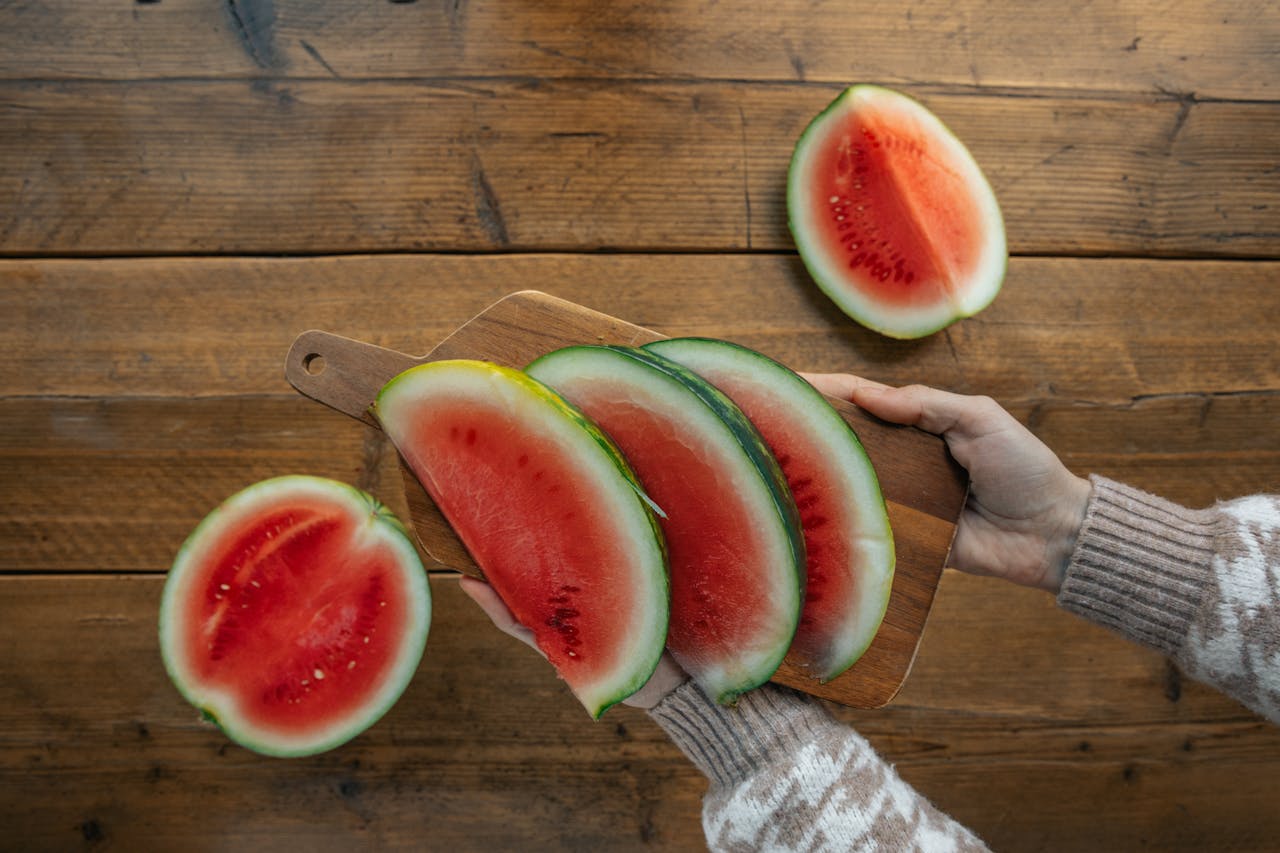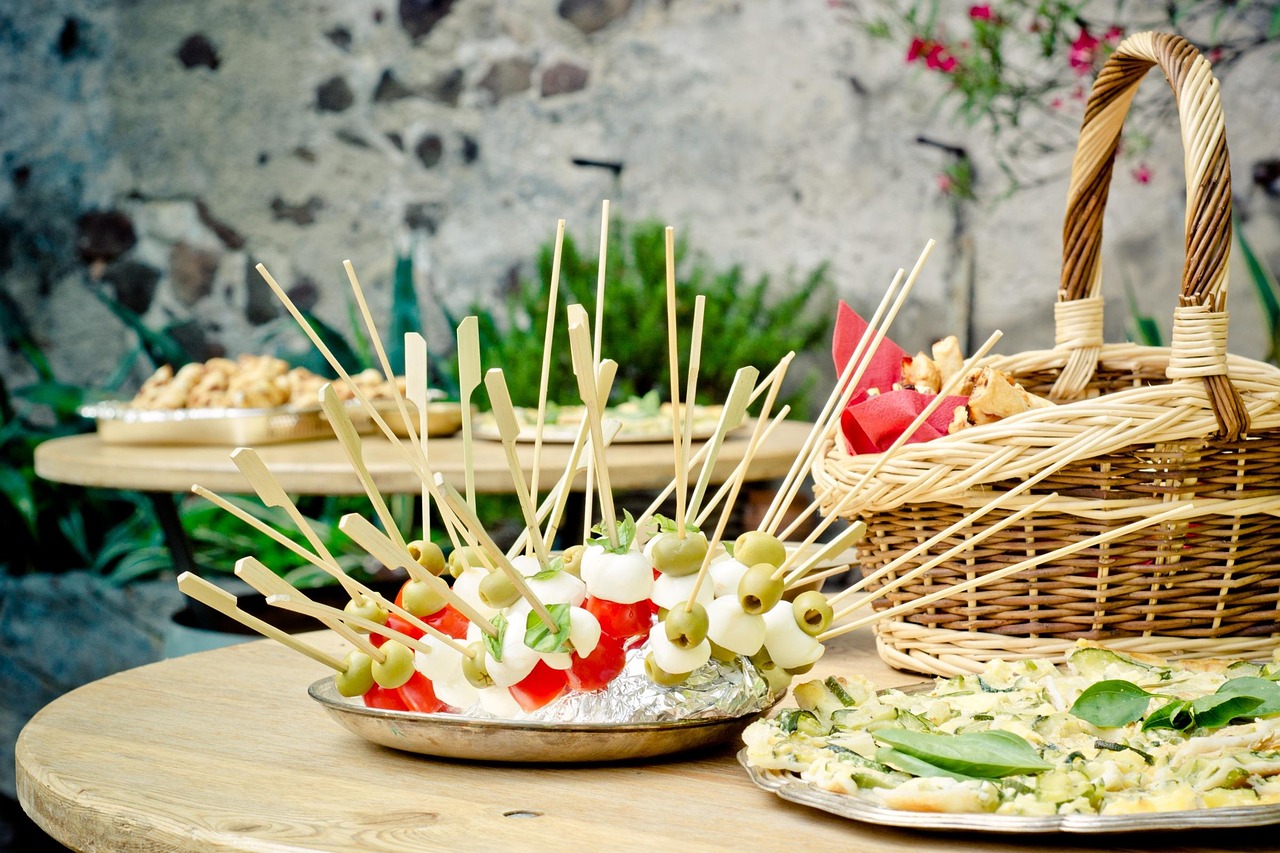14 Simple Ways to Add More Veggies to Dinner
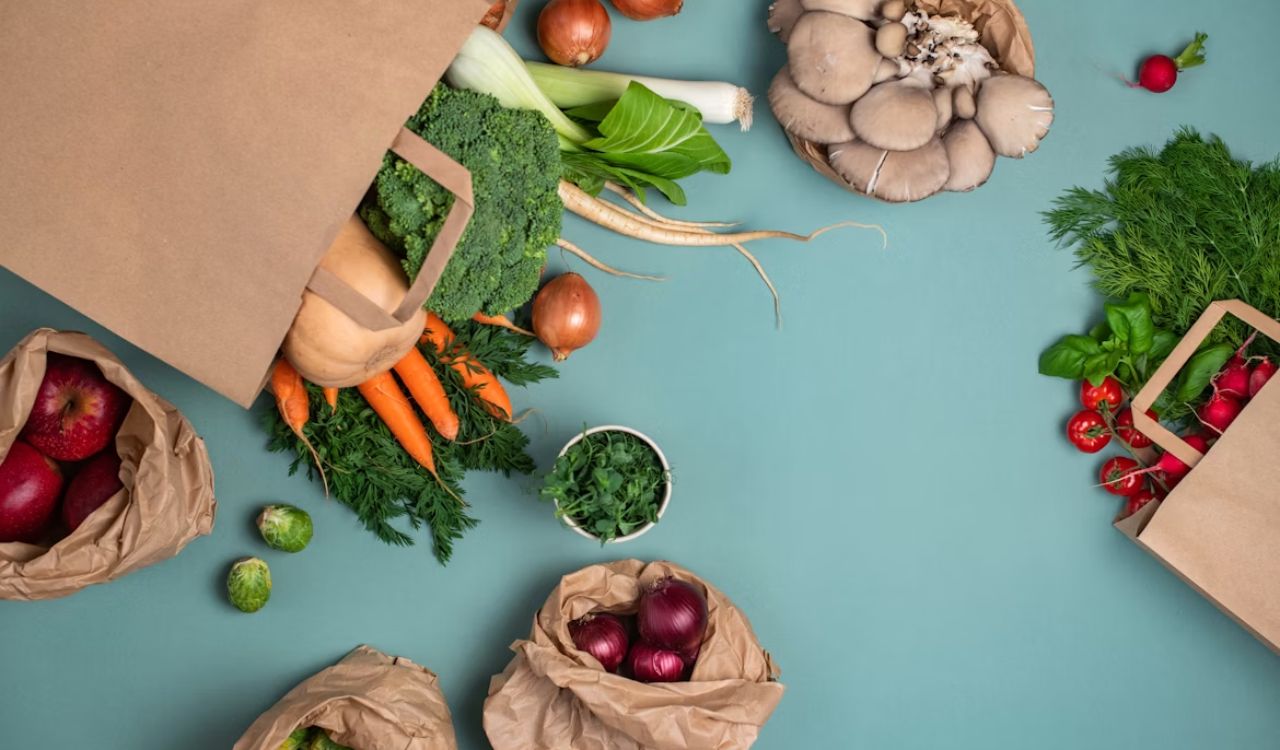
Eating more vegetables doesn’t mean overhauling your entire diet. Simple tweaks can boost both flavor and nutrition without making meals feel restrictive. By blending them into sauces, swapping them into favorite dishes, or letting them shine as the main event, you can naturally increase your veggie intake. Whether feeding a family, cooking solo, or converting picky eaters, these ideas make vegetables a vibrant and satisfying part of dinner.
Stir Veggies into Pasta Sauce
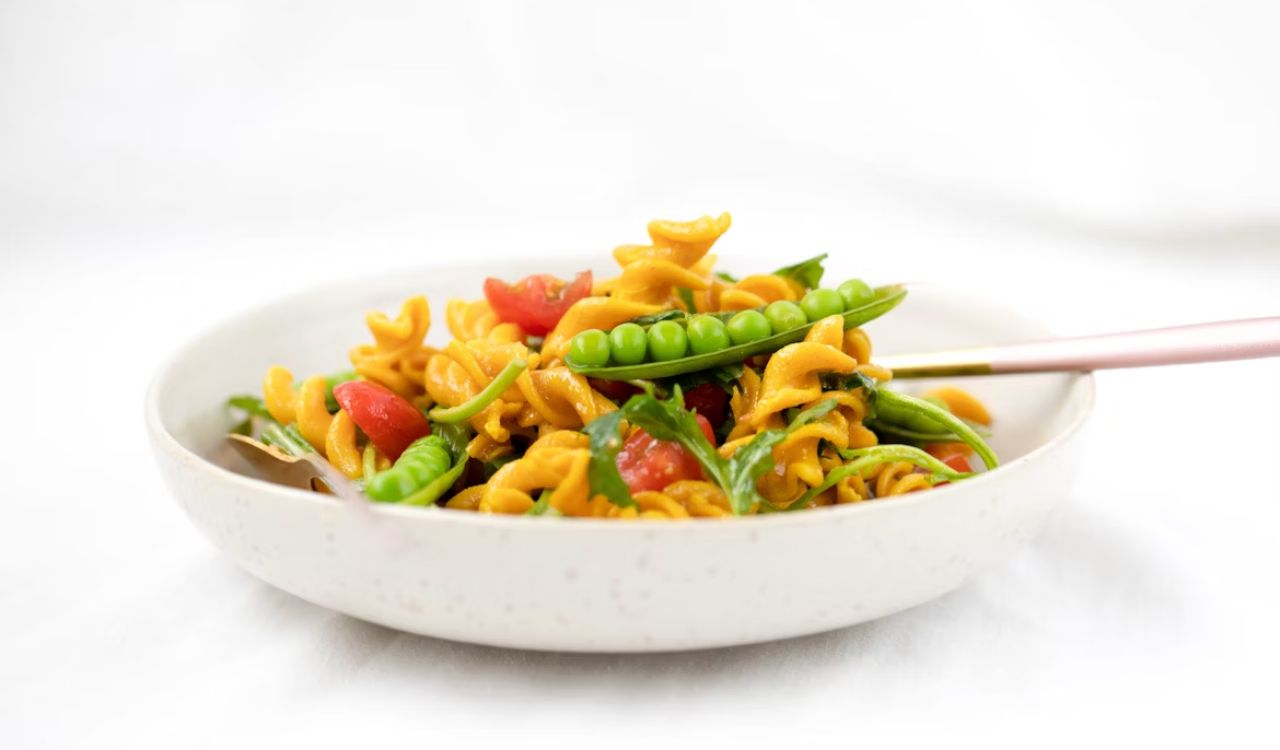
A quick way to increase your veggie intake is by adding finely chopped or pureed vegetables to pasta sauce. Carrots, zucchini, spinach, and bell peppers blend seamlessly into tomato-based sauces, boosting flavor and nutrition without overpowering the dish. Sautéing vegetables first brings out their natural sweetness before mixing them in. If you prefer a smooth texture, blend the sauce after cooking for a rich finish. This method works for store-bought or homemade sauces and pairs perfectly with pasta, lasagna, or pizza, ideal for sneaking in more vegetables without changing the overall taste.
Swap Pasta for Veggie Noodles
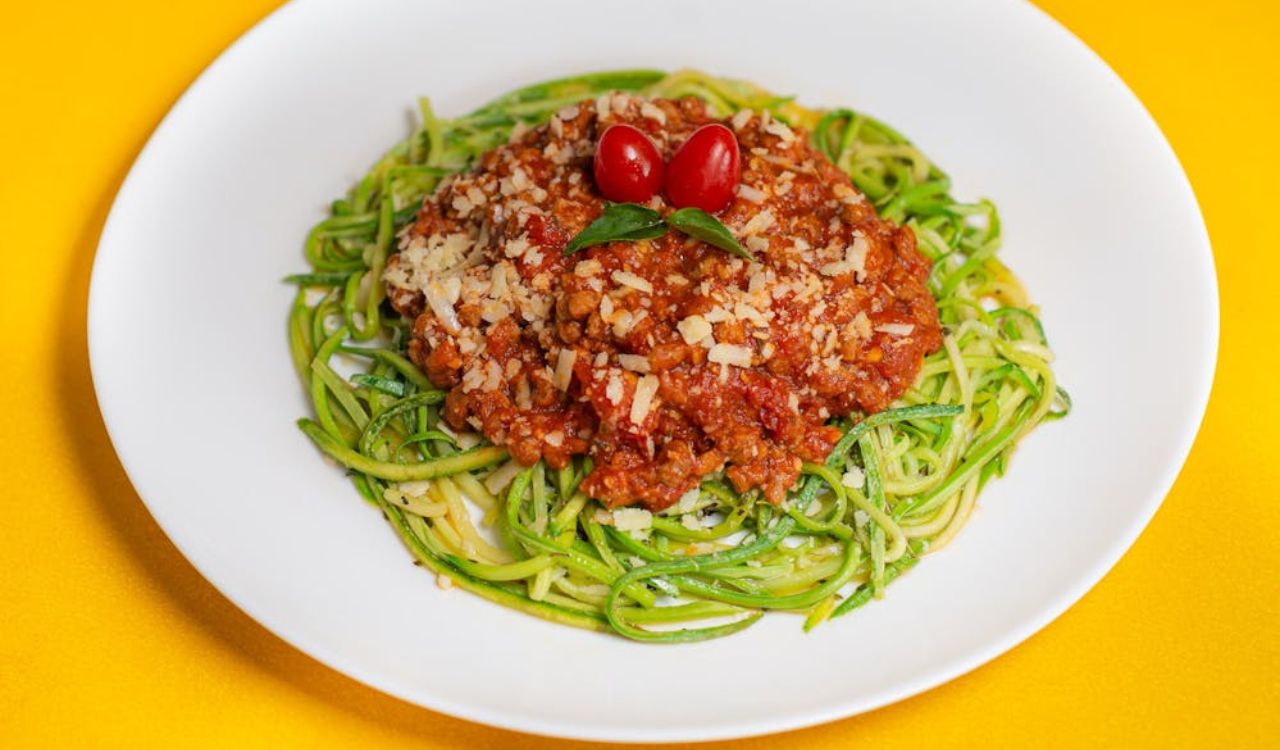
Spiralized zucchini, carrots, sweet potatoes, or spaghetti squash are excellent low-carb pasta alternatives that add fiber and vitamins. You can mix them with traditional pasta for a lighter dish or go all-vegetable for a healthier twist. Lightly sauté veggie noodles in olive oil for tenderness or toss them raw with a warm sauce to keep their crunch. They pair beautifully with creamy alfredo, tangy pesto, or hearty marinara. This swap transforms comfort food into a more nutrient-dense option while keeping it colorful, flavorful, and satisfying.
Load Up on Veggie Toppings for Pizza

Go beyond basic mushrooms or peppers by piling on colorful vegetables like spinach, artichokes, roasted zucchini, and cherry tomatoes. Roasting or lightly sautéing vegetables beforehand enhances their sweetness and prevents excess moisture on the crust. For a gourmet touch, try toppings like roasted cauliflower or butternut squash. The variety of textures and flavors makes each slice more satisfying and balanced. Whether you’re making pizza from scratch or customizing a store-bought crust, extra vegetables add visual appeal, nutrition, and a richer flavor profile without sacrificing indulgence.
Add Greens to Grain Bowls
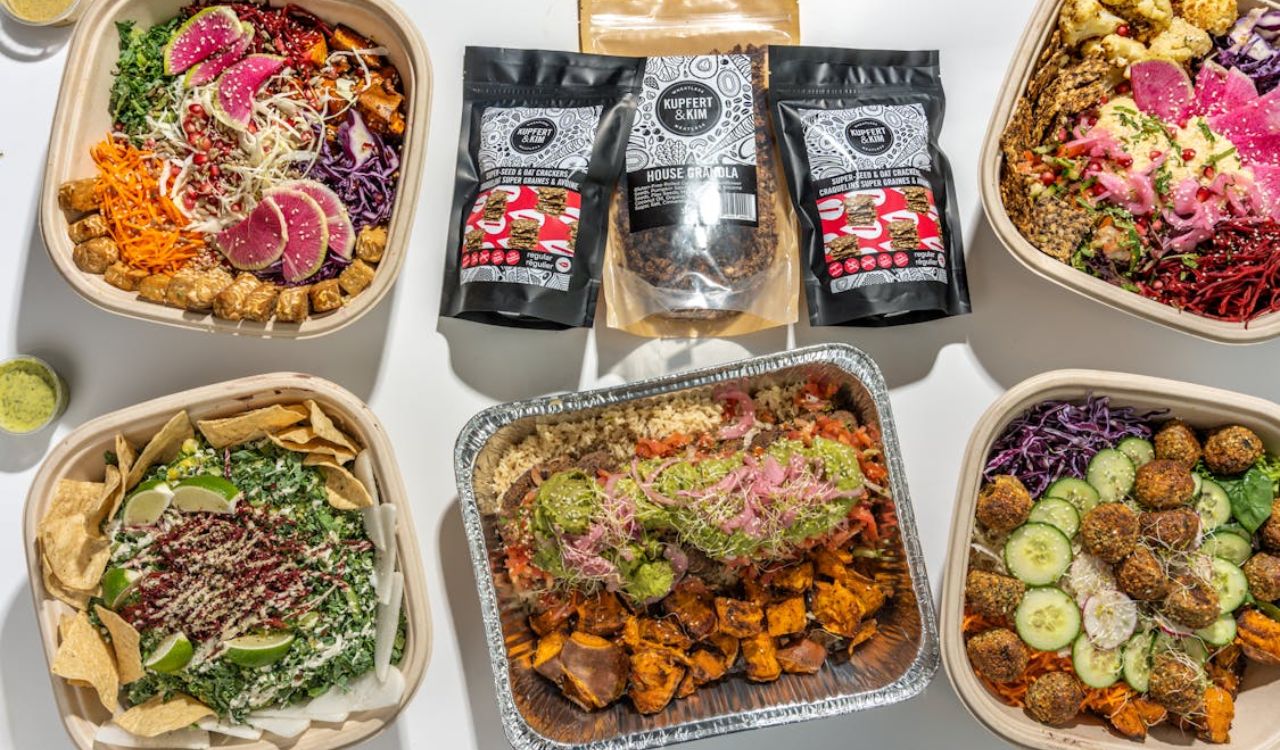
Grain bowls make it easy to pack in vegetables while keeping meals exciting. Start with a base of quinoa, brown rice, or farro, then layer on a mix of cooked and raw vegetables such as roasted sweet potatoes, steamed broccoli, shredded carrots, or pickled red cabbage. Combining different colors and textures ensures a variety of nutrients and flavors. Finish with a flavorful dressing, tahini drizzle, or herbed vinaigrette to tie everything together. The customizable nature of grain bowls means you can adapt them to the season or whatever is in your fridge.
Make Veggie-Packed Soups

Soups allow you to incorporate vegetables with ease. A base of onion, carrots, and celery builds flavor, while leafy greens, beans, or root vegetables add substance. For a smooth style, blend after cooking so veggies become unnoticeable; for a heartier option, leave them chunky. From creamy cauliflower to rustic minestrone, soups can help you meet the guideline of filling half your plate with produce while still delivering comfort, warmth, and satisfaction.
Serve Veggies as the Main Dish
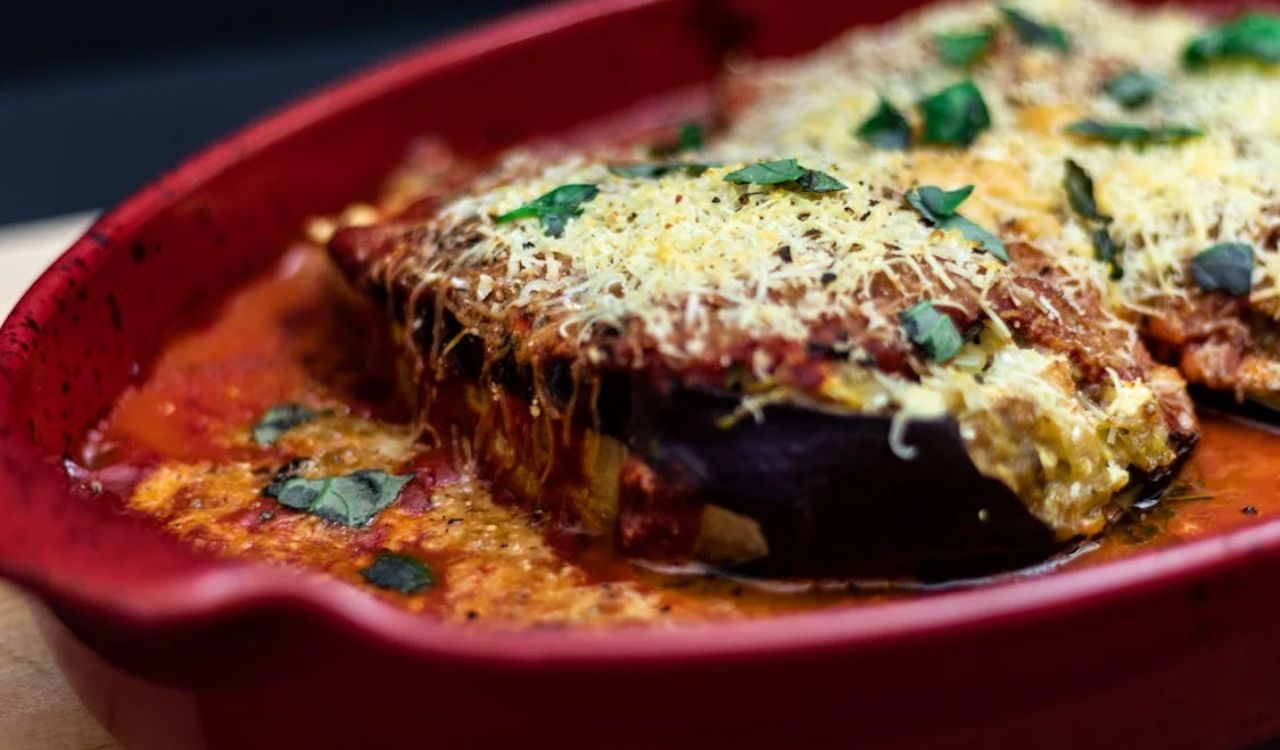
Instead of relying on vegetables as sides, elevate them to the centerpiece of your meal. Stuffed peppers, roasted vegetable tarts, or eggplant parmesan feel indulgent yet remain plant-forward. With bold herbs, sauces, and varied textures, these dishes are flavorful, satisfying, and naturally portioned with more vegetables than starch or meat. Making them central to dinner helps you reach daily recommendations without feeling like you are sacrificing taste or fullness.
Blend Veggies into Mashed Potatoes

Add extra nutrition to mashed potatoes by blending in cauliflower, carrots, or parsnips. Steam or roast vegetables until tender, then mash them with potatoes for a lighter, more complex flavor. Even a 50/50 mix maintains the creamy texture people love. Season with garlic, herbs, or olive oil for added depth. This simple upgrade keeps the dish familiar while subtly increasing fiber and vitamins, making it a healthier comfort food option for weeknights or holiday meals.
Use Veggies in Casseroles
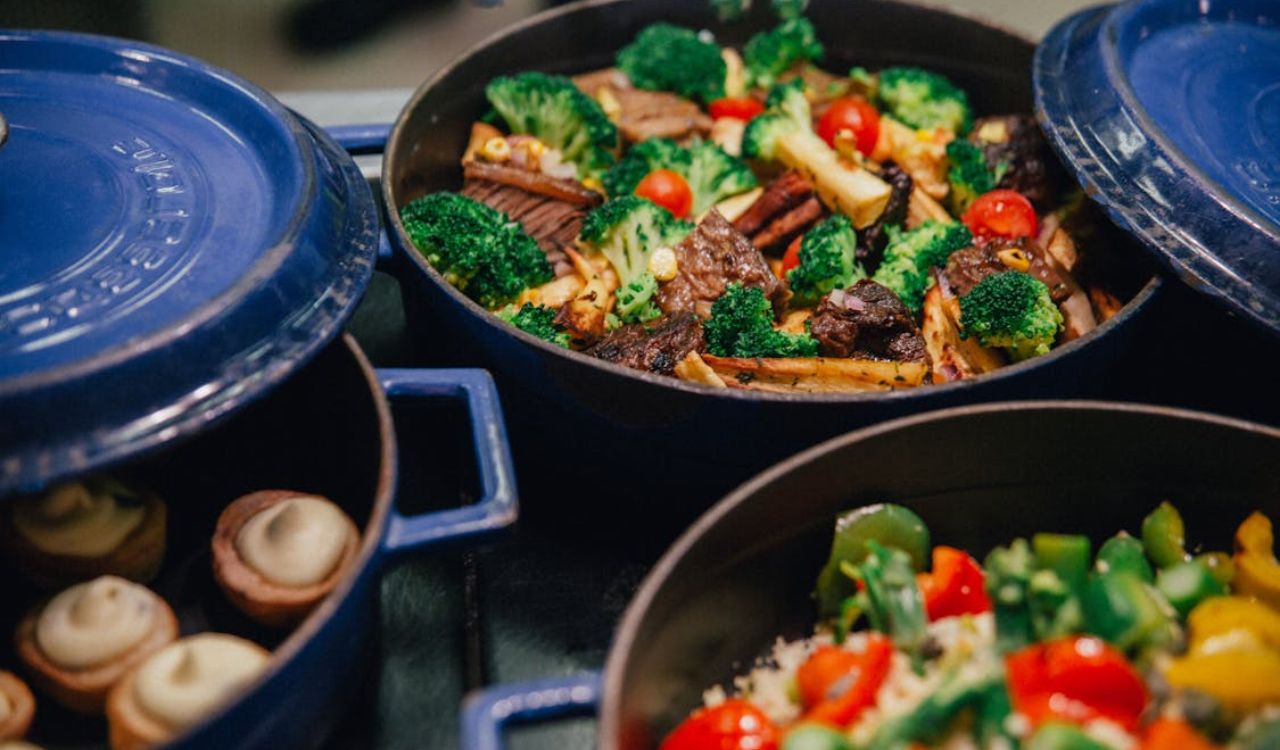
Casseroles are ideal for sneaking in vegetables without changing the overall dish. Mix chopped spinach, mushrooms, zucchini, or broccoli into pasta bakes, rice casseroles, or shepherd’s pie. Vegetables cook down during baking, blending into the dish while adding flavor and moisture. You can also swap some of the meat or pasta for extra vegetables to lighten the meal without losing substance. This method is family-friendly, satisfying, and perfect for using up produce in your fridge.
Upgrade Your Tacos with Veggie Fillings

Tacos are a fun, versatile way to experiment with vegetable-based fillings. Roast sweet potatoes, sauté mushrooms, or char zucchini for a smoky flavor that pairs perfectly with fresh salsa and guacamole. You can create a protein-rich plant-based version with black beans, corn, and peppers or mix vegetables with small amounts of meat for balance. The vibrant colors and textures make tacos visually appealing while boosting nutritional value, making them a flavorful, veggie-forward dinner option.
Sneak Veggies into Meatballs or Burgers

Mixing finely grated zucchini, carrots, or mushrooms into ground meat enhances moisture, texture, and nutrition. The vegetables blend well with beef, chicken, turkey, or plant-based proteins, and when seasoned properly, they’re hardly noticeable. This strategy works especially well for families or picky eaters, offering a balanced way to eat more produce without changing the core dish. Paired with whole grains or salad, it creates a more wholesome meal.
Add Vegetables to Stir-Fries

Stir-fries are a quick, colorful way to load your plate with vegetables. Start with onions, bell peppers, broccoli, or snap peas, then add your protein and sauce of choice. The high-heat, fast-cooking method keeps vegetables crisp and nutrient-rich. Mixing a variety of colors makes the dish visually appealing and ensures a range of vitamins and minerals. Serve over rice or noodles for a classic take, or skip the starch for a lighter option that still feels satisfying.
Build Salads with More than Lettuce
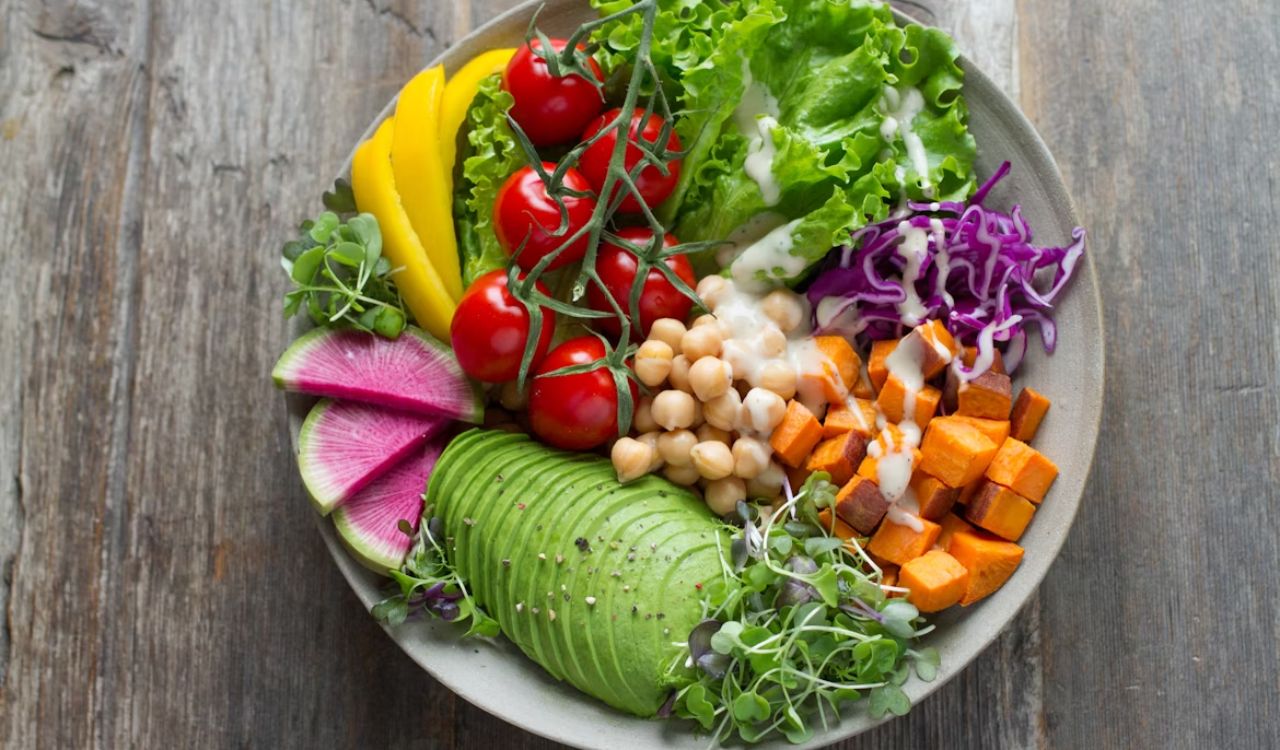
Think beyond basic greens by adding roasted vegetables, shredded carrots, cucumbers, radishes, or beets to your salad. Toss in beans, grains, or seeds to turn it into a complete meal. Experiment with different dressings, cheeses, or nuts to keep flavors fresh and exciting. By including a variety of vegetables, you’ll naturally eat more colors, textures, and nutrients, turning a simple salad into a filling, well-rounded dinner option.
Top Breakfast-for-Dinner Plates with Veggies
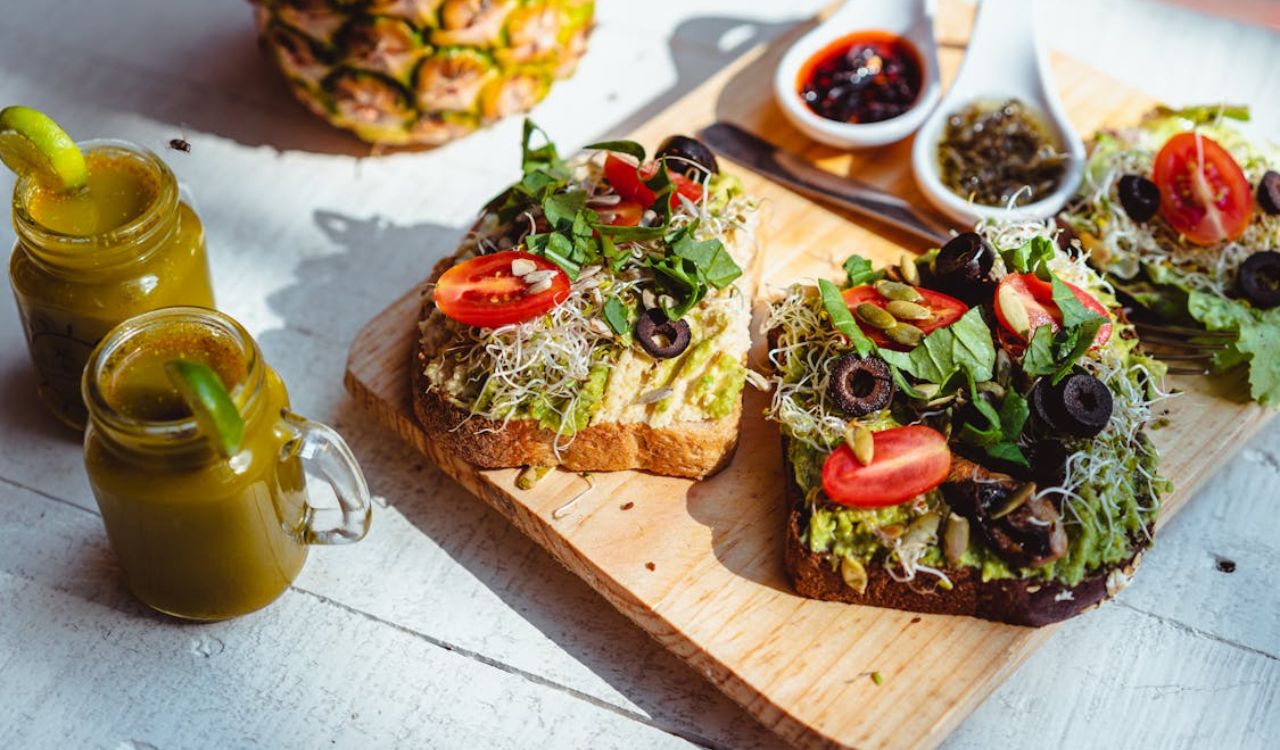
Breakfast for dinner is a perfect excuse to add vegetables in creative ways. Fold spinach, peppers, and onions into omelets, add mushrooms to scrambled eggs, or top avocado toast with sliced tomatoes and microgreens. Even hash browns can get a makeover with zucchini or sweet potato mixed in. Pairing eggs or other breakfast favorites with vegetables creates a satisfying, nutrient-rich dinner that feels indulgent while staying balanced.
Serve Raw Veggies with Flavorful Dips
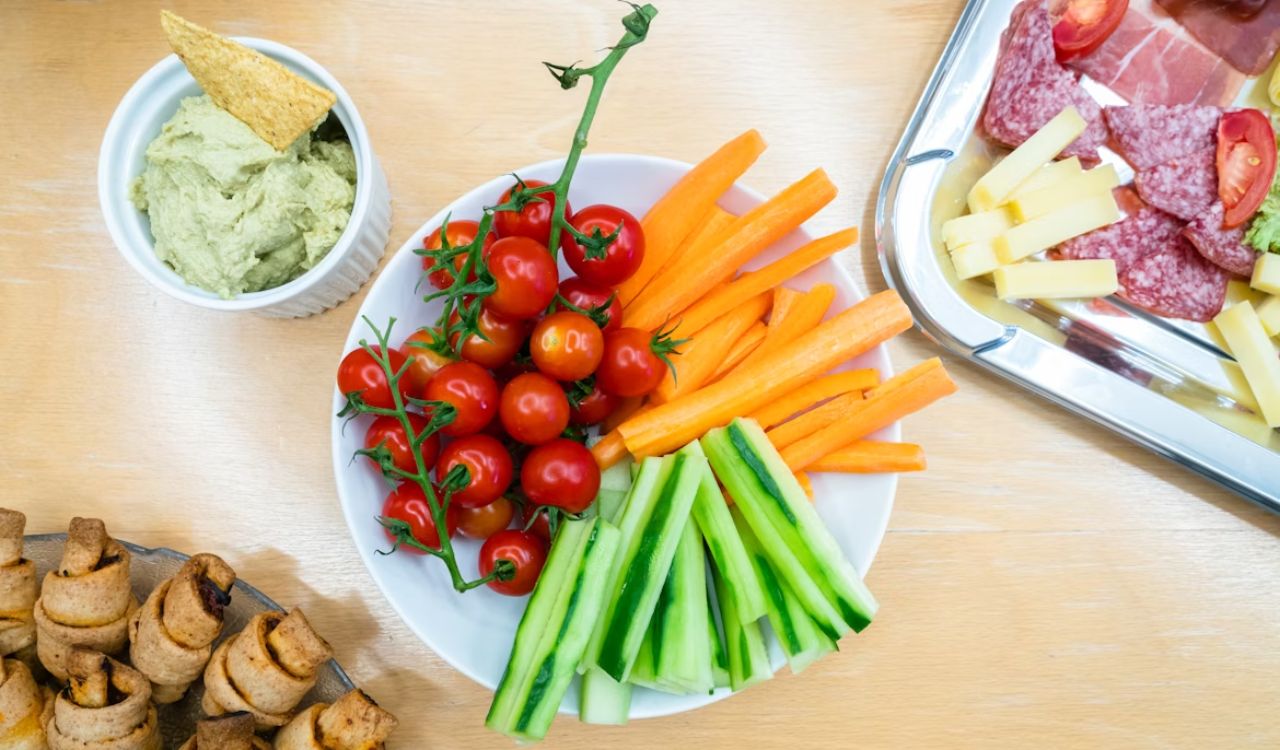
Keep things simple with a platter of raw vegetables like carrots, celery, cucumbers, and cherry tomatoes paired with dips such as hummus, guacamole, tzatziki, or yogurt-based ranch. This easy side adds crunch, freshness, and nutrients without extra cooking. It’s a quick way to increase your vegetable intake and works alongside almost any dinner. For variety, switch up your vegetable and dip combinations to keep things interesting and appealing.


